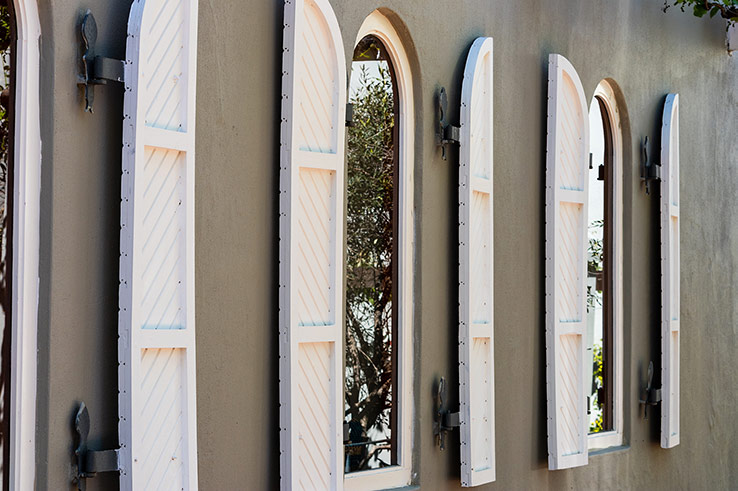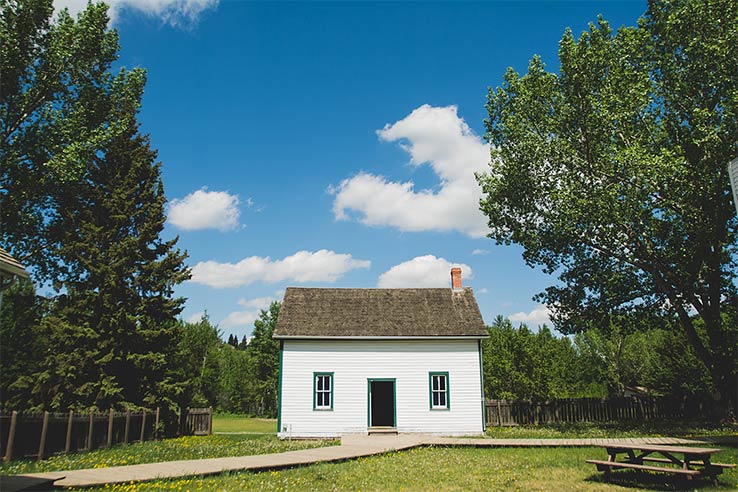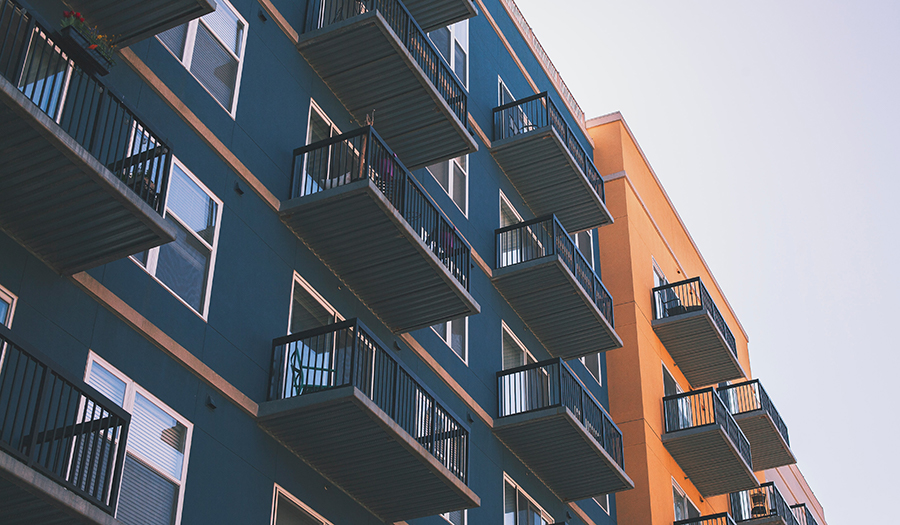Passive cooling is the cheapest method of cooling a home, and as an added bonus is incredibly environmentally friendly. No matter the climate you live in, you'll be using passive cooling to some extent throughout the year.
Whether you live in an apartment or a larger home, your home can be built or modified to allow you to take advantage of passive cooling systems to help you achieve greater comfort. If you already rely on mechanical cooling systems (like air conditioners) you can reduce your energy costs by combining these with passive cooling.
Choosing the most appropriate passive cooling strategies for your home should be guided by the climate you live in. We've listed some of the basic strategies below to get you started!
Air movement
Air movement is the most basic element of passive cooling. It replaces internal air with either cool or warm air depending on the outside temperature, and increases evaporation. To make the most of natural air movement, you'll want to plan for well-designed windows, doors and vents for the air to move through.

Shading windows, walls and roofs from direct solar radiation
Shading is a simple way to keep your home from overheating in the sun. Simple ways to create shade are to plant some trees or other shade-providing plants by the areas you would like to have shaded, install an overhead shade, install screens. Depending on the shading material you use, you may be able to reflect the sun away at the same time, resulting in further efficiency benefits. A more complex option is to build or renovate your house structure so the shape of the house provides shade at certain times of day.

Cool breezes
If you live in a climate that experiences cool breezes, you can take advantage of passive cooling by maximising the flow of air through your home. Ideally you can design your home and install openings like windows and doors to match the direction from which the breezes come (whether coastal or inland breezes) to make the most of the natural breeze.

Cool night air
Making the most of cool night air is a great way to use passive cooling, especially in inland areas that cooler coastal breezes don't reach. You can maximise the cooling benefits of night air by switching on house fans to encourage further airflow. Ideally, you'll have wide windows to allow the night air to easily enter your home.
Convective air movement
The basic rule of convection is that warm air rises and cool air falls. You can have your house designed or renovated to make the most of this principle, and won't have to worry about there being no breeze to cool your home. As warm air rises, cooler air can be drawn in from below. Even if there is no breeze, convection allows heat to leave a building via roof ventilators and vented eaves and ceilings, and can improve cross-ventilation.

The above are just some of the passive cooling strategies that can be incorporated into the design of your home! Reach out to a professional for more ideas!






